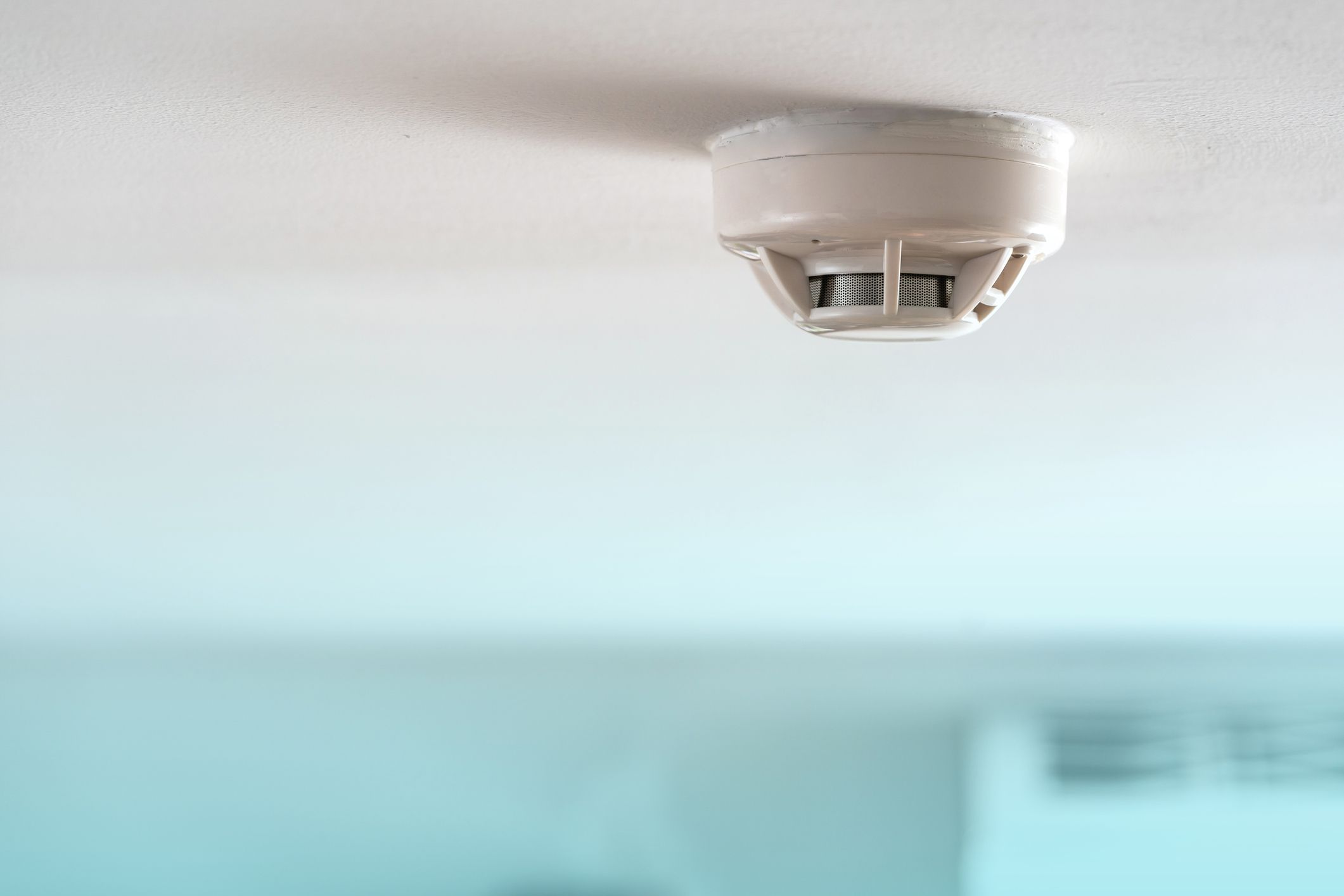What’s the difference between a smoke detector and a carbon monoxide detector?
When it comes to keeping your home safe, having the right alarms in place is crucial. Two of the most essential devices for safeguarding your family, your pets, and yourself from potential dangers are smoke alarms and carbon monoxide alarms. Smoke and CO (carbon monoxide detectors) are so similar that it’s easy to get the two confused—but they serve different purposes. In this blog post, we’ll break down the differences between smoke and carbon monoxide alarms, making it easy to understand their functions and why you need both in your homes.
Smoke Alarms: Fire Fighter
Smoke alarms act as the early warning systems for fires. Primarily used for fire safety in residences and commercial buildings, smoke detectors work exactly like they sound they might—when smoke or other harmful fumes (from fires) rise to dangerous levels, the sensor in these devices sets off an alarm. Here’s how they work:
Smoke Detection Alarms:
- Smoke alarms contain sensors, typically optical or ionization sensors, that can detect tiny smoke particles in the air. When these sensors detect smoke, they trigger the alarm.
Loud Alerts:
- When smoke is detected, the alarm emits a loud, high-pitched sound, often accompanied by flashing lights. This alert is designed to wake you up, even if you’re asleep, giving you precious time to escape a fire safely.
Types of Smoke Alarms:
- There are different types of smoke alarms, including battery-operated, hardwired, and interconnected alarms. Some models also come with features like hush buttons to temporarily silence.

(Image from www.dvidshub.net)
Carbon Monoxide Alarms: Fighting against the invisible
Contrarily, when carbon monoxide leaks, it is odorless, tasteless, colourless, smoke free, and flammable. Therefore, the sole purpose of a carbon monoxide alarm lies in detecting this potentially harmful substance. Carbon monoxide is dangerous to human (and animal!) health, and can even be fatal. It is produced by fuel-burning appliances in your home, such as furnaces, stoves, and fireplaces. Here’s three ways carbon detector alarms can work:
Gas Detection Alarms:
- Carbon monoxide alarms are equipped with sensors that can detect the presence of carbon monoxide in the air. When CO levels become dangerous, the alarm goes off.
Distinct Alarms:
- Carbon monoxide alarms use different alert sounds than smoke alarms to avoid confusion. They typically emit beeping or chirping sounds, which are lower in pitch compared to the high-pitched tone of smoke alarms.
Placement Matters:
- It’s essential to place carbon monoxide alarms in areas where CO can accumulate, such as near bedrooms and in the vicinity of fuel-burning appliances. CO can build up even if there’s no visible smoke, so early detection is critical.
(from www.roswell-nm.gov)
Why You Need Both
While both smoke and carbon monoxide alarms serve distinct purposes, they are equally important for your family’s safety. Fires can produce carbon monoxide, so a smoke alarm won’t always detect this gas. On the other hand, carbon monoxide can be present without any visible smoke or flames, making a smoke alarm insufficient for protection.
By having both types of alarms in your home, you create a more complete safety net that covers the threat of both fires and carbon monoxide leaks.
Make sure to regularly test and replace the batteries in your alarms and follow the manufacturer’s guidelines for maintenance to ensure they work effectively. And remember—if you ever have smoke or CO alarms that are no longer working, be sure to drop them off to a collection site near you for recycling. To learn more about alarm recycling, click here. To find a drop off site around you, click here.
Conclusion
Understanding the difference between smoke and carbon monoxide alarms is essential for creating a safe home environment. Remember that smoke alarms are there to protect you from fires, while carbon monoxide alarms safeguard against the silent threat of carbon monoxide poisoning. By having both alarms in place and maintaining them properly, you can rest assured that you’re taking a crucial step in keeping your loved ones safe.



